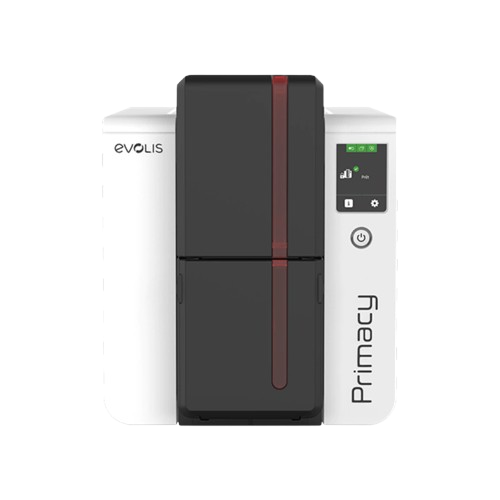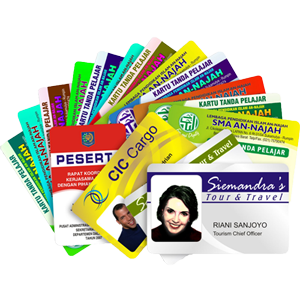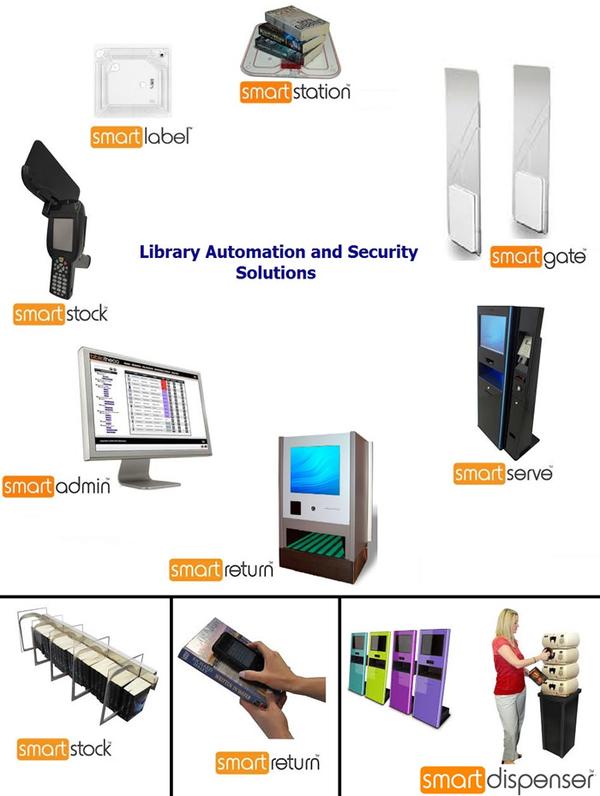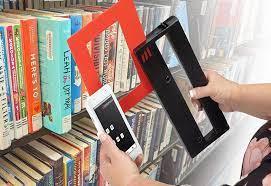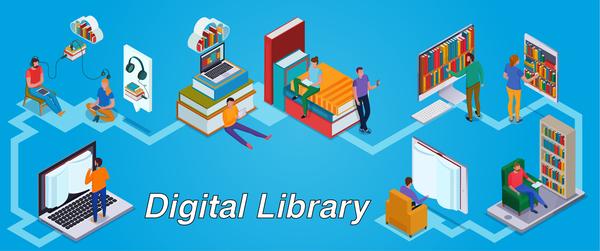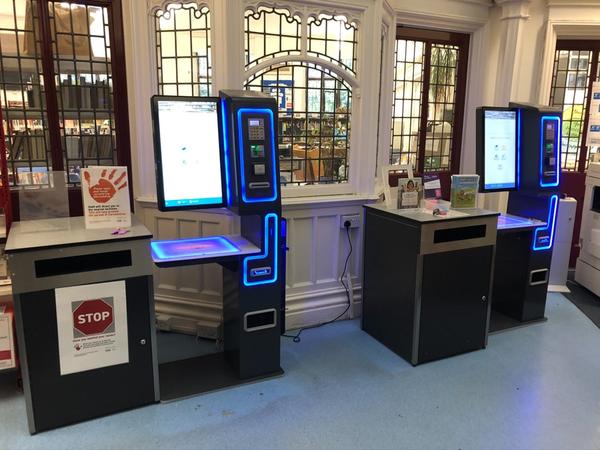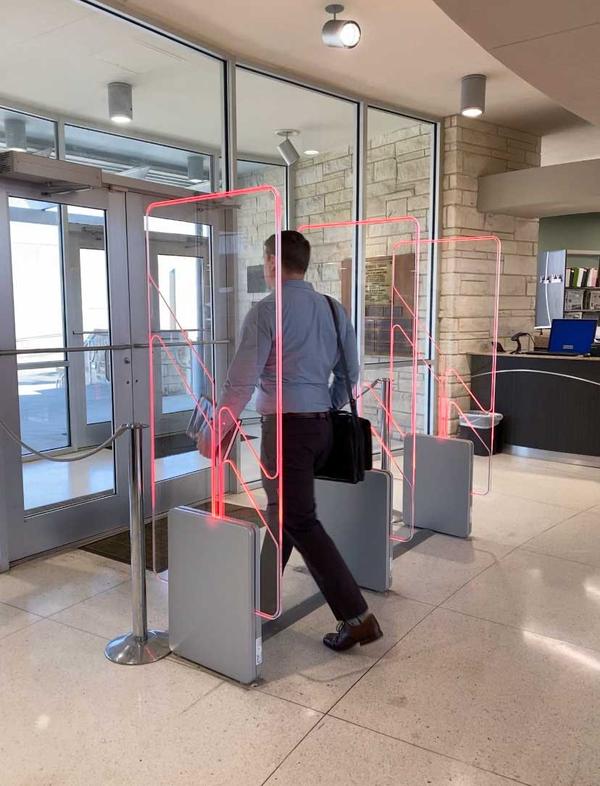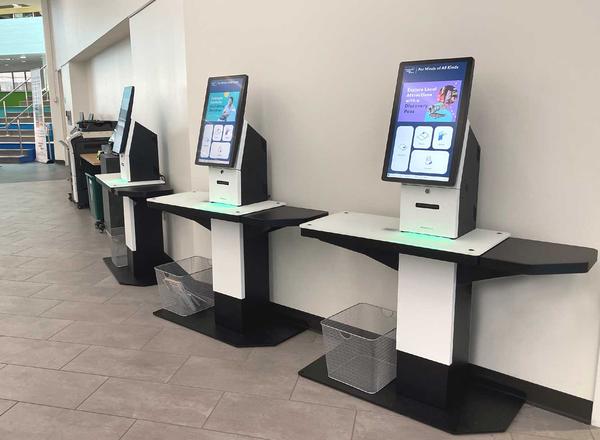An ID card printer is a specialized printer designed to produce high-quality plastic ID cards, badges, and access cards. Commonly used in corporate, educational, healthcare, and government settings, these printers support features like color printing, smart chip encoding, and security lamination. High-Resolution Printing – Crisp images and text on PVC cards Single- or Dual-Sided Printing – Print on one or both sides of the card Magnetic Stripe & Chip Encoding – For access control and data storage Lamination Options – Enhanced durability and security
Send Message
